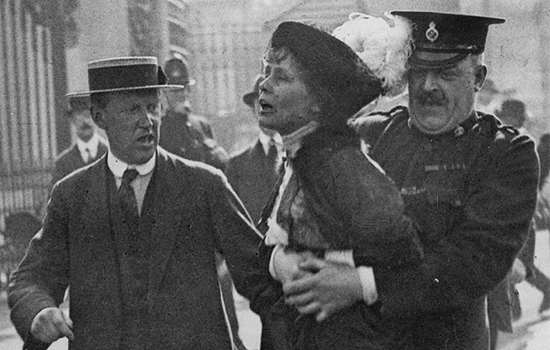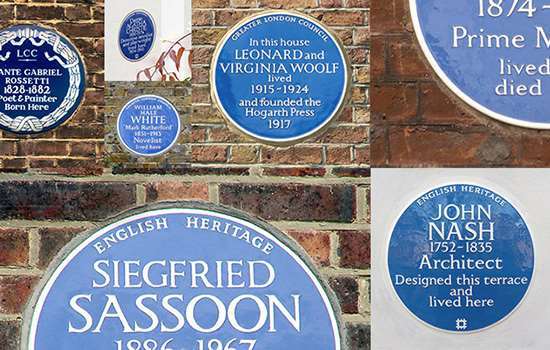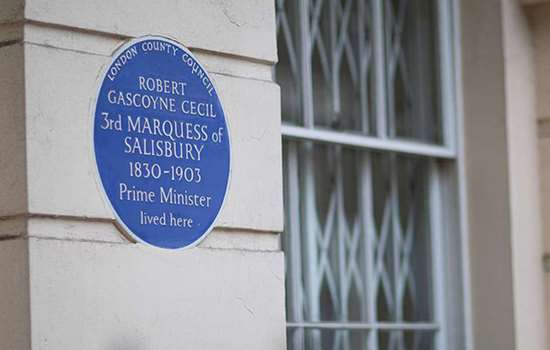WELCH, Elisabeth (1904-2003)
Plaque erected in 2012 by English Heritage at Ovington Court, Ovington Gardens, off Brompton Road, Kensington, London, SW5 1LB, Royal Borough of Kensington and Chelsea
All images © English Heritage
Profession
Singer
Category
Music and Dance
Inscription
ELISABETH WELCH 1904-2003 Singer lived here in Flat 1
Material
Ceramic
Singer Elisabeth Welch was one of Britain’s best-loved interpreters of popular song. Her recording career spanned eight decades and encompassed New York, Paris and London. Flat 1 Ovington Court, just off the Brompton Road, is the flat Welch lived in when she was breaking through as a performer, from 1933 until about 1936.
NEW YORK AND PARIS
Born in New York in 1904, Welch had a rich cultural heritage through her father John, who was of Native American and African-American ethnicity, and her mother Elizabeth, who was of Irish and Scottish descent. In 1923 she launched the ‘Charleston’ on Broadway and throughout the Jazz Age she was associated with some of the great entertainers of the Harlem Renaissance including Josephine Baker, Adelaide Hall and Bill ‘Bojangles’ Robinson.
In 1930 she launched her cabaret career in Paris. After a brief return to New York she was asked to sing at the Jean Cocteau-designed club Le Beouf in Paris. It was there that she transformed into a smooth cabaret singer.
LONDON
Welch was a trailblazer for black women in 1930s Britain. It was the decade when Ivor Novello wrote songs for her, Paul Robeson was her leading man in films and she enjoyed popularity as a cabaret star of London’s cafe society.
In 1931 she popularised Cole Porter's scandalous song ‘Love for Sale’ in the Broadway hit The New Yorkers and after settling in London in 1933, she introduced the famous torch song ‘Stormy Weather’ to British audiences. That same year, with Cole Porter’s Nymph Errant, she began a career in British musical theatre that lasted 60 years. In 1934 she was the first black broadcaster to be given her own radio series, Soft Lights and Sweet Music, by the BBC.
FLAT 1 OVINGTON COURT
Ovington Court was Welch’s first settled home in London. She would have returned to the flat after early performances and radio recordings of such classics as ‘Stormy Weather’ and ‘Solomon’. Welch lived there with a dresser-cum-maid and a ‘perky’ fox terrier, as recorded in an interview she gave to The Melody Maker at the flat. When the reporter arrived she was preparing to sing in a broadcast with Lou Preager and his Orchestra and, in an uncharacteristic flash of the diva, threw the journalist out after only four and a half minutes.
WELCH'S POST-WAR YEARS
In the post-war years, Welch reigned supreme in sophisticated revues in London’s West End including Tuppence Coloured (1947) in which she introduced Edith Piaf’s ‘La Vie en Rose’ to Britain. She won a whole new legion of fans in 1979 with her performance of ‘Stormy Weather’ in Derek Jarman’s film The Tempest. Singing as a goddess to two lines of handsome sailors and dressed in a flamboyant yellow costume, the scene was described by jazz singer George Melly as ‘arguably the campest, most sparkling moment in the history of cinema’.
Nearby Blue Plaques
More About Blue Plaques



